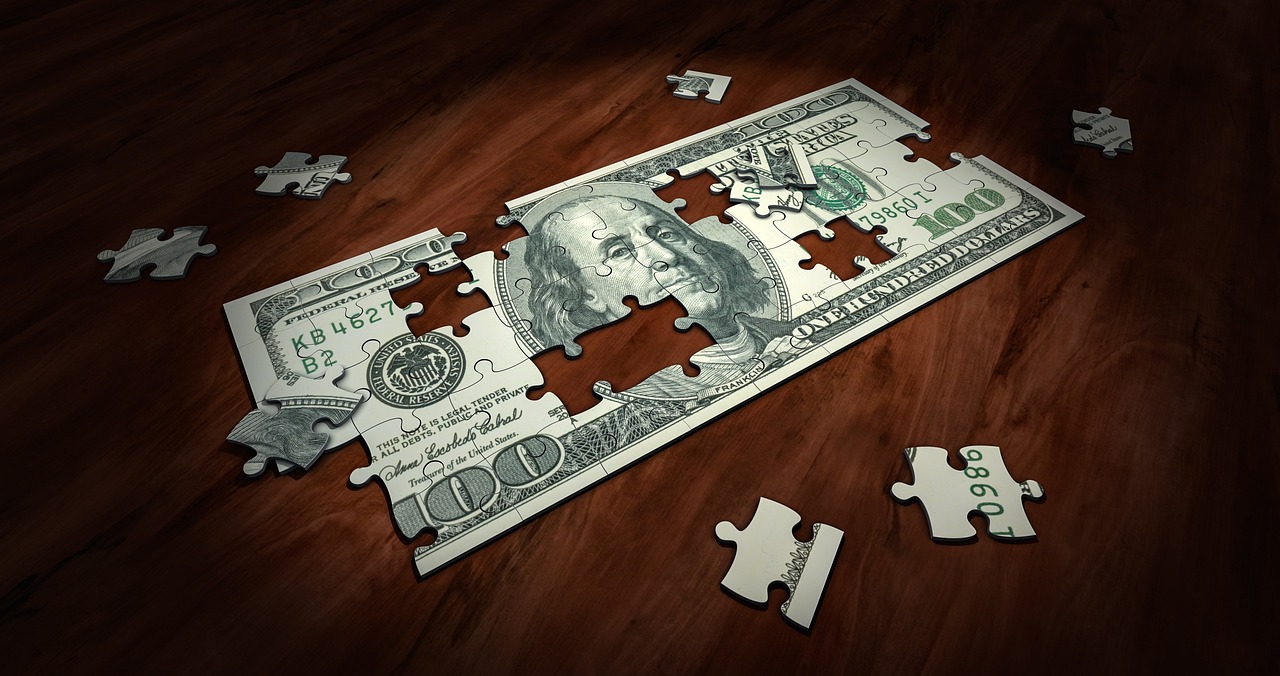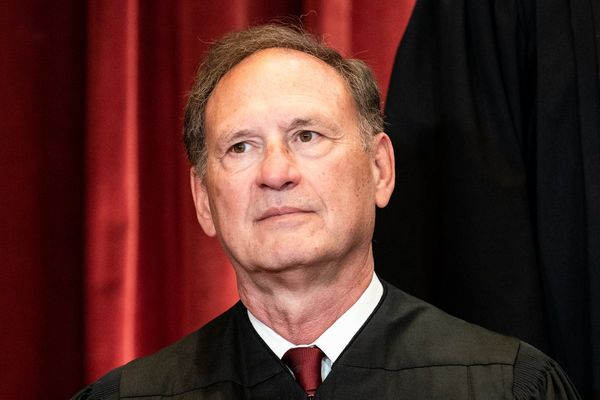
The dollar index (DXY00) Thursday finished little changed, up +0.01%. The dollar found support Thursday due to some optimism about US trade talks after President Trump said US negotiators made “big progress” with Japanese officials on a trade deal and expressed confidence that the US would reach a trade deal with the EU. The dollar also rose after US weekly jobless claims unexpectedly fell to a 2-month low, a sign of labor market strength, and New York Fed President Williams said the US economy is in a very good place. Gains in the dollar were limited after Mar housing starts fell more than expected, and the Apr Philadelphia Fed business outlook survey fell to a 2-year low. Also, strength in stocks curbed liquidity demand for the dollar.
US weekly initial unemployment claims unexpectedly fell -9,000 to a 2-month low of 215,000, showing a stronger labor market than expectations of an increase to 225,000.
US March housing starts fell -11.4% m/m to 1.324 million, weaker than expectations of 1.420 million. However, March building permits, a proxy for future construction, unexpectedly rose +1.6% m/m to 1.482 million, stronger than expectations of a decline to 1.450 million.
The US Apr Philadelphia Fed business outlook survey plunged by -38.9 points to a 2-year low of -26.4, weaker than expectations of 2.2.
New York Fed President Williams said the US economy is in a very good place, and he doesn’t see the need to change the fed funds rate anytime soon.
The markets are discounting the chances at 11% for a -25 bp rate cut after the May 6-7 FOMC meeting, down from a 30% chance last week.
EUR/USD (^EURUSD) Thursday fell by -0.22%. The euro retreated Thursday after the ECB cut interest rates by -25 bp and dropped the word “restrictive” to describe monetary policy. Also, easing inflation pressure in the Eurozone is dovish for ECB policy after German March producer prices fell by the most in 5 months. The euro added to its losses based on dovish comments from ECB President Lagarde, who said downside risks to economic growth have increased.
German Mar PPI fell -0.2% y/y, weaker than expectations of +0.4% y/y and the biggest decline in 5 months.
As expected, the ECB cut the deposit facility rate by -25 bp to 2.25% from 2.50%. The post-meeting statement dropped the word “restrictive” to describe monetary policy and said, “The Eurozone economy has been building up some resilience against global shocks, but the outlook for growth has deteriorated owing to rising trade tensions.”
ECB President Lagarde said downside risks to economic growth have increased, and most indicators of underlying inflation are pointing to a sustained return of inflation to the ECB’s 2% medium-term target.
Swaps are discounting the chances at 92% for a -25 bp rate cut by the ECB at the June 5 policy meeting.
USD/JPY (^USDJPY) Thursday rose by +0.36%. The yen on Thursday fell from a 6-3/4 month high against the dollar and posted moderate losses on reduced safe-haven demand for the yen after President Trump said US negotiators made “big progress” with Japanese officials on a trade deal. Weaker-than-expected Japanese trade news for March also weighed on the yen. Losses in the yen accelerated after Japan’s chief trade negotiator said currencies weren’t discussed in US-Japan trade talks, allaying concerns the US would push for a stronger yen.
The yen also came under pressure Thursday on comments from BOJ Governor Ueda, who hinted that the BOJ would pause in considering interest rate hikes when he said, “We will assess the economy and inflation carefully for an appropriate policy decision by being duly mindful of rising uncertainties stemming from US tariff measures and other issues.”
June gold (GCM25) Thursday closed down -18.00 (-0.54%), and May silver (SIK25) closed down -0.510 (-1.55%). Precious metals Thursday settled moderately lower. June gold fell from a contract high Thursday, and nearest-futures (J25) gold dropped from a new record high of $3,345.0 an ounce on reduced safe-haven demand for precious metals in hopes trade agreements can be reached with US trading partners after President Trump said there was “big progress” in talks to strike a deal for Japan. The dollar’s strength Thursday also weighed on metals prices. In addition, hawkish comments Thursday from New York Fed President Williams undercut precious metals when he said he doesn’t see the need to change the fed funds rate anytime soon.
Losses in precious metals were limited Thursday after the ECB cut interest rates by 25 bp today, and ECB President Lagarde said downside risks to economic growth have increased, which bolsters the outlook for additional ECB interest rate cuts. The escalation of the US-China trade war also fuels safe-haven demand for precious metals. Finally, geopolitical risks in the Middle East are boosting safe-haven demand for precious metals after the Israel-Hamas ceasefire broke down and as the US continues strikes on Yemen’s Houthi rebels. Fund buying of gold supports prices after long gold positions in ETFs rose to a 1-1/2 year high Wednesday.







